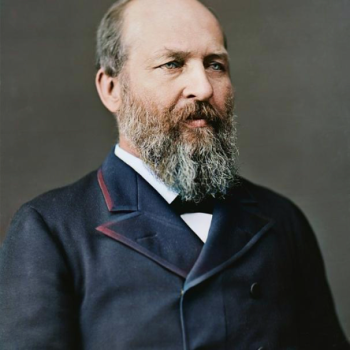The question of gender-prescriptive toys has been a hot topic over the past few weeks, provoked by LEGO's introduction of a new product line aimed at girls and a viral video of a cute kid being coached by her father to rail against corporate toy marketing. Peggy Orenstein had a great piece in the New York Times on the topic, and commentators of all stripes chimed in as well, many of them critical of LEGO Friends in particular and gender-prescriptive toys in general.
I'm not crazy about the new Bellville LEGO for many of the reasons advanced by other observers: I don't like what they say about what it means to be a girl. That is, I don't like the content that LEGO has supplied for the category "girl"; I wish the toys transmitted a greater focus on education, a lesser focus on display of the body, and a more serious design aesthetic. But I don't object to the existence of gender categories per se in toy marketing. This may suggest one way to parse the ongoing conversation: do we reject gendered marketing of toys altogether, or do we embrace the categories of girl and boy toys and indeed use them to recommend our preferred vision of femininity, masculinity, and gender relations?
Your answer to this question probably rides tandem with your intuitions on the sources of gender differences, learned or innate, and the work that gender performs in culture, constructive or destructive. We might imagine a kind of foursquare decision grid along the negative and positive sides of these two axes. Suppose for instance that you believe that gender traits are largely enforced through socialization, and that the cultural work of gender is mostly oppressive: chances are you oppose any attempt to transmit girliness or masculinity through children's toys and instead encourage children to fashion their own identities in a gender neutral context. If you agree that gender traits are mostly learned but believe that the work of gender is socially useful, then you likely defend the enculturation of girls and boys through differentiated marketing of toys.
If on the other hand you believe that gender is largely innate—though always subject to individual variation and filtered through cultural norms—and generally performs useful cultural work, you're probably agnostic about gendered toys outside of egregious extremes of sexuality and violence. But if you believe that gender is biologically innate and that the effects of those gender differences are often harmful—well, then you're just like me and I offer you my condolences.
I jest, sort of. I'm a merry pessimist, and not a fundamentalist on either axis of our grid. But I am persuaded that gendered psychologies originate in gendered bodies, even while they are influenced by environment, and I expect that forms of gender inequality will persist in virtually all human cultures. This suggests another approach to the question of gendered toy marketing: what if traditional gender norms, transmitted to children through toys and dozens of other vectors of socialization, can work in part to gently discipline or contain extreme manifestations of innate gender differences? That is, what if toys, while acknowledging and responding to boys' and girls' native preferences, can also restrain or retrain those preferences toward a moderate middle, perhaps even toward pro-social cooperation and complementarity?
The notion is attractive to me, given my basically-but-not-dogmatically conservative perspective on traditional gender and family norms. And there might even be some social science evidence to support it. Several years ago, researchers conducted a meta-survey of personality differences between the genders across fifty-five nations. The findings confirmed an intriguingly counterintuitive suggestion that had emerged in smaller studies: personality differences between men and women are more pronounced in developed countries than in developing nations. That is, the more prosperous, healthy, and egalitarian the culture, the more sharply men and women diverged in measures of neuroticism, extraversion, agreeableness, and conscientiousness.
These results are counterintuitive if one assumes that personality differences between the sexes, which are measurable in every observed culture, are merely social artifacts of patriarchy or other ideologies. If gender differences are products of structural inequality, then one would expect those differences to recede as opportunities for women increase, together with the potential for self-realization afforded by health and wealth. That is, one would expect that greater gender equality would allow women and men to transcend restrictive categories and become "who they really are," no longer limited by unjust gender norms or the harsh realities of subsistence.





